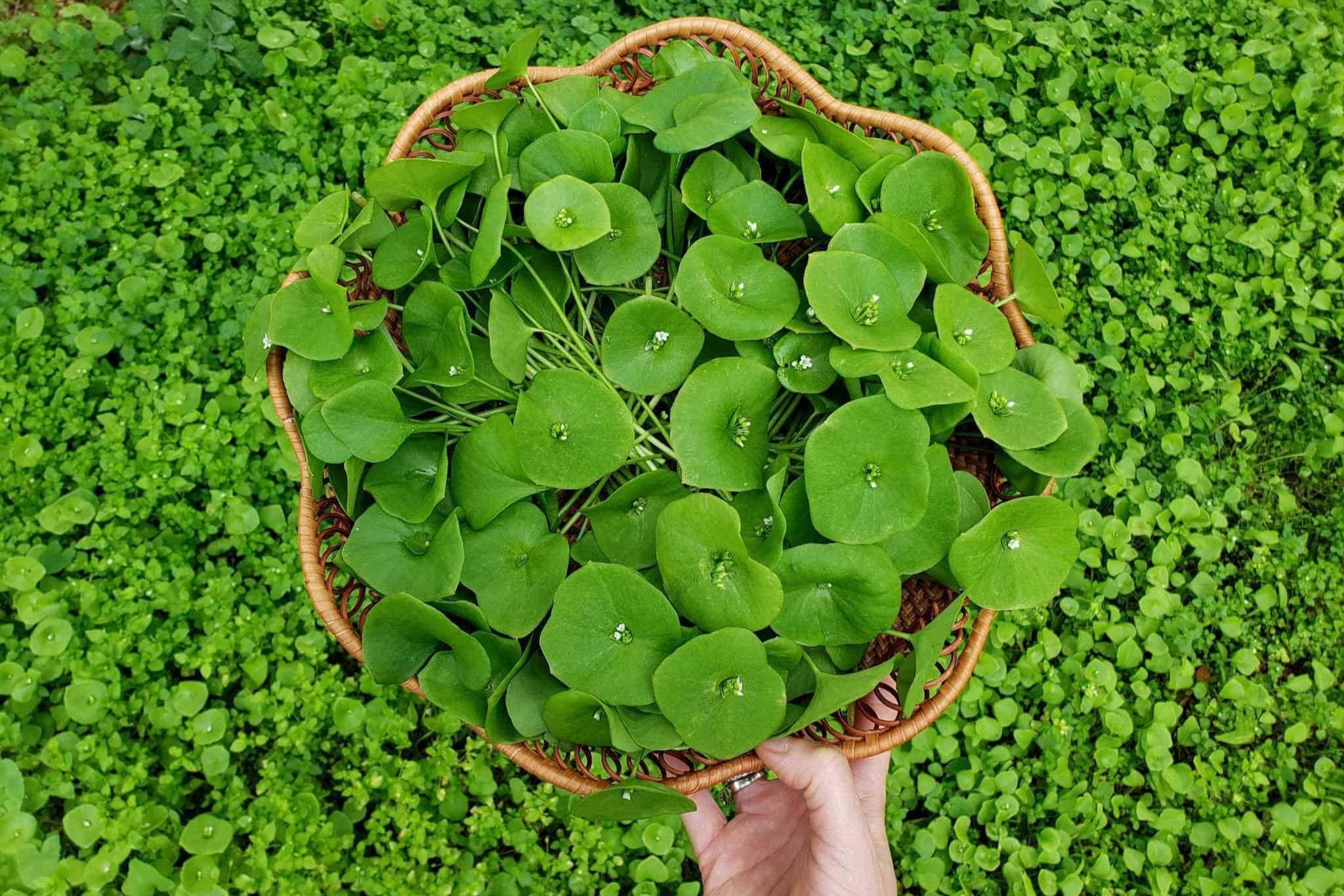
Miner's lettuce, also known as Claytonia perfoliata, is a fascinating plant with a rich history and numerous benefits. This leafy green, native to North America, earned its name during the California Gold Rush when miners consumed it to prevent scurvy. But what makes miner's lettuce so special? For starters, it’s packed with vitamins A and C, making it a nutritious addition to any diet. Its mild, slightly peppery taste pairs well in salads, soups, and even smoothies. Did you know it thrives in cool, shady environments and can be easily grown in your backyard? Whether you're a gardening enthusiast or a health-conscious eater, miner's lettuce offers something for everyone.
Key Takeaways:
- Miner's Lettuce, also known as Winter Purslane, is a nutritious leafy green with a rich history. It was a favorite among miners during the California Gold Rush for its high vitamin C content, and it's easy to grow in cool, moist environments.
- This versatile plant is not only packed with essential nutrients like vitamin C and iron, but it's also a zero-waste ingredient. You can enjoy Miner's Lettuce raw in salads or cooked in various dishes, making it a valuable addition to your diet.
What is Miner's Lettuce?
Miner's Lettuce, also known as Claytonia perfoliata, is a leafy green plant native to North America. It's known for its mild flavor and nutritional benefits. Here are some interesting facts about this unique plant.
-
Miner's Lettuce got its name because it was a popular food among miners during the California Gold Rush. They valued it for its high vitamin C content, which helped prevent scurvy.
-
The plant is also called Winter Purslane or Indian Lettuce. These names reflect its versatility and widespread use among different cultures.
Nutritional Benefits of Miner's Lettuce
Miner's Lettuce isn't just tasty; it's packed with nutrients that can benefit your health in various ways.
-
This leafy green is rich in vitamin C, which is essential for a healthy immune system. Just a handful can provide a significant portion of your daily requirement.
-
It also contains vitamin A, which is important for eye health and maintaining good vision.
-
Miner's Lettuce is a good source of iron, which helps in the production of red blood cells and prevents anemia.
-
The plant is low in calories but high in fiber, making it an excellent choice for those looking to maintain a healthy weight.
Growing Miner's Lettuce
If you're interested in gardening, Miner's Lettuce is a great plant to grow. It's easy to cultivate and doesn't require much maintenance.
-
Miner's Lettuce thrives in cool, moist environments. It can be grown in both garden beds and containers.
-
The plant is frost-tolerant, meaning it can survive in colder temperatures, making it a great option for early spring or late fall planting.
-
It grows quickly, often ready to harvest in just 4-6 weeks after planting.
Culinary Uses of Miner's Lettuce
Miner's Lettuce is not only nutritious but also versatile in the kitchen. It can be used in a variety of dishes.
-
The leaves can be eaten raw in salads, adding a fresh, mild flavor that complements other greens.
-
It can also be cooked like spinach and used in soups, stews, or stir-fries.
-
The plant's stems and flowers are edible too, making it a zero-waste ingredient.
Historical and Cultural Significance
Miner's Lettuce has a rich history and cultural significance that goes beyond its nutritional value.
-
Native American tribes used Miner's Lettuce for both food and medicinal purposes. They believed it had healing properties.
-
During the California Gold Rush, miners relied on this plant not just for its nutritional benefits but also because it was readily available and easy to forage.
-
Today, Miner's Lettuce is gaining popularity among foragers and chefs who appreciate its unique flavor and nutritional profile.
The Final Scoop on Miner's Lettuce
Miner's lettuce isn't just a quirky plant with a cool name. It's packed with nutrients, easy to grow, and has a rich history. From its vitamin C content to its role in the California Gold Rush, this plant has a lot going for it. You can toss it in salads, blend it in smoothies, or even use it as a garnish. Plus, it's a hit with foragers and gardeners alike due to its hardiness and versatility. Whether you're a history buff, a health nut, or just someone who loves unique greens, miner's lettuce has something to offer. So next time you spot this little gem, give it a try. You might just find a new favorite.
Frequently Asked Questions
Was this page helpful?
Our commitment to delivering trustworthy and engaging content is at the heart of what we do. Each fact on our site is contributed by real users like you, bringing a wealth of diverse insights and information. To ensure the highest standards of accuracy and reliability, our dedicated editors meticulously review each submission. This process guarantees that the facts we share are not only fascinating but also credible. Trust in our commitment to quality and authenticity as you explore and learn with us.


